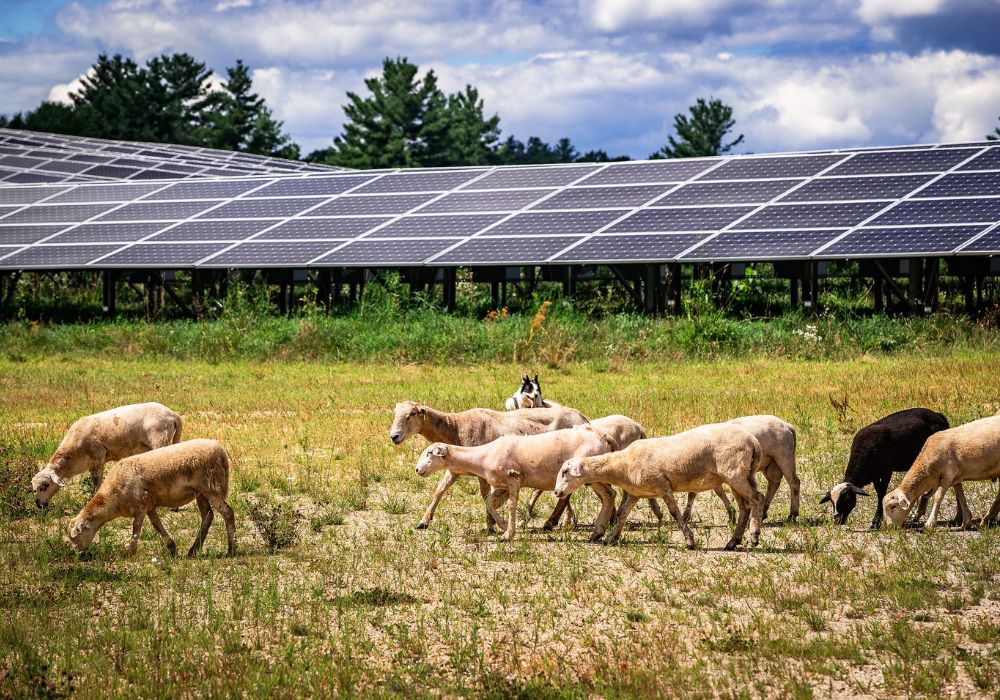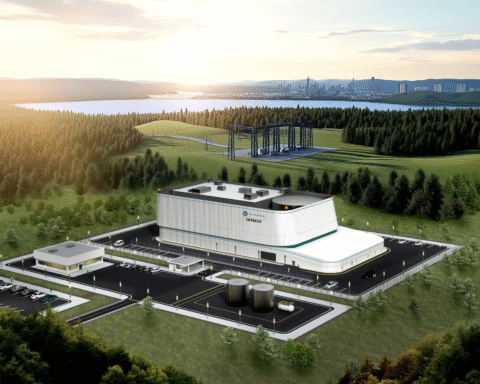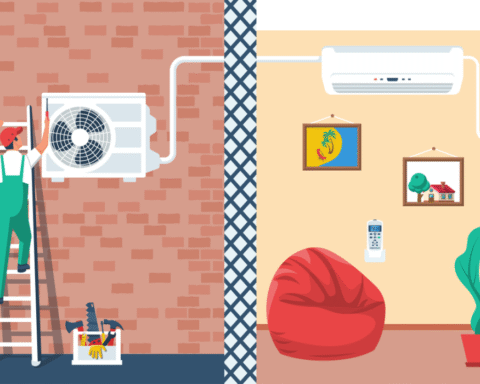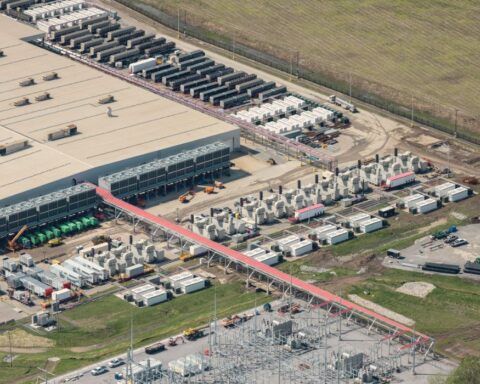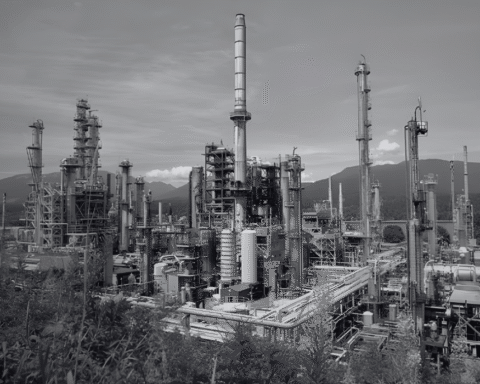It’s a pastoral scene straight out of Middlemarch, with a steampunk twist: flocks of woolly sheep wandering a green expanse, cropping grass and resting from the noonday sun in the shade of row upon row of shimmering black photovoltaic arrays extending to the horizon. The solar panels provide clean energy; the sheep provide cheap lawnmowing services that keep the panels from overheating.
“There’s no longer any question that this works,” says Ivey Business School professor Joshua Pearce, who is also the founder of the not-for-profit Agrivoltaics Canada. The portmanteau reflects the desire to unite two constituencies – farmers and solar panel companies – whose interests often pit them against one another.
Farming sunshine is like farming wheat, corn or barley: it’s easiest on flat expanses of treeless land with easy access to roads and infrastructure. For this reason, solar developers eyeing farmland have met with resistance. Ontario, for example, passed legislation in 2024 prohibiting prime agricultural tracts from being planted over with solar panels.
Agrivoltaics, however, is moving past proof-of-concept and into established practice. In 2024, Global Market Insights valued the industry worldwide at US$6.3 billion, with a growth forecast of 5.8% over the next eight years. Although solar power remains a small proportion of the world’s electricity production (just 4% globally, and about 5% in the United States), agrivoltaic farms now account for about 1% of the solar power generated in the country.
The U.S. National Renewable Energy Laboratory lists 599 agrivoltaic sites totalling 65,756 acres from coast to coast, generating a total of 10,473 megawatts of energy (enough to power two million households). For context, grazing land takes up about 659 million acres in the United States. Studies suggest that devoting even 1% of current farmland to agrivoltaics could provide 20% of the energy needs of the United States.
Big energy companies are getting into the game. Oak Run, a giant 6,000-acre project of which 2,000 will be agrivoltaic (and rising to 4,000 within eight years), was recently approved for development in Ohio’s Madison County and is one of the first to try agrivoltaics at utility scale. The developer, Savion, is a subsidiary of Shell. One of the company’s neighbouring projects, Madison Fields Solar Project, has been operational since 2023, and Amazon buys all 180 megawatts the farm produces.
Both Madison Fields and Oak Run will graze sheep, and Oak Run will also grow hay. Livestock and crops cohabiting with solar panels require less water, because of the shade and moisture retention the arrays provide.
While agrivoltaics have been shown to be cost effective and scaleable for sheep grazing and beekeeping, researchers have also been experimenting with every other crop under the sun. A key finding is that crop yields or quality can go up when photovoltaic arrays are used as companion “planting.”
Promising results in wine country have emerged with La Svolta, a vintner in Italy’s Puglia region producing both primitivo, a red grape characteristic of southern Italy, and goldtraminer, a white grape usually only viable in cooler mountainside regions. Grapes are prone to sunburn; the shade of solar panels protects the delicate fruits from damage, and, depending how much sun exposure is desirable, an array can be tilted at different angles like the bill of a baseball cap.
La Svolta’s wine has even been reported to taste better. In 2024, the Puglia region experienced scorching temperatures, and the solar panels slowed ripening and produced grapes with a more balanced sugar content compared with those from nearby vineyards that were fully exposed to the beating sun.
While it can still be more profitable for farmers to simply lease their land to solar developers, not all farmers are sanguine about the possible effects on soil, or the hazardous waste cleanup that may mark the end of the lease.
“What message do you have for another farmer who might be considering leasing their land in this situation?” a reporter from the Ohio newspaper The Columbus Dispatch asked in a video taken with a farmer who had gone into business with a solar company. “Don’t do it,” Tom Ebenhack responded. “The money is not bad at all, but what’s going to happen to the land? I seriously worry that it’ll never be the same.”
One of the promises of agrivoltaics is guarding against the loss of soil quality on solar farms. Solar alone sometimes means stripping topsoil, but combining solar with crops can maintain and even enhance the presence of elements like nitrogen, crucial for microbial health. China is the global leader in solar, and the Junma Solar Power Station in the Kubuqi Desert (winner of the 2019 Guinness World Record for largest solar panel installation in the shape of a horse) seems to be having an anti-desertification effect. By reducing evaporation and slowing ground winds, solar arrays can protect vegetation or restore it to vulnerable soil.
And in a warming climate, we will need all the help we can get in protecting soil and food systems from heat exhaustion. “This is kind of a long-term food-security issue,” Pearce says. “Not just energy. It’s actually more about food and agriculture.”


